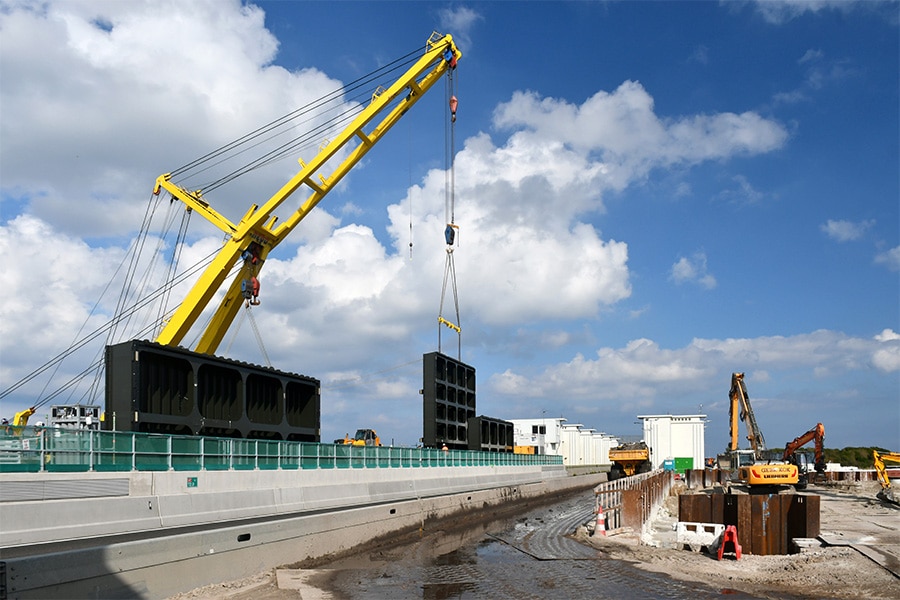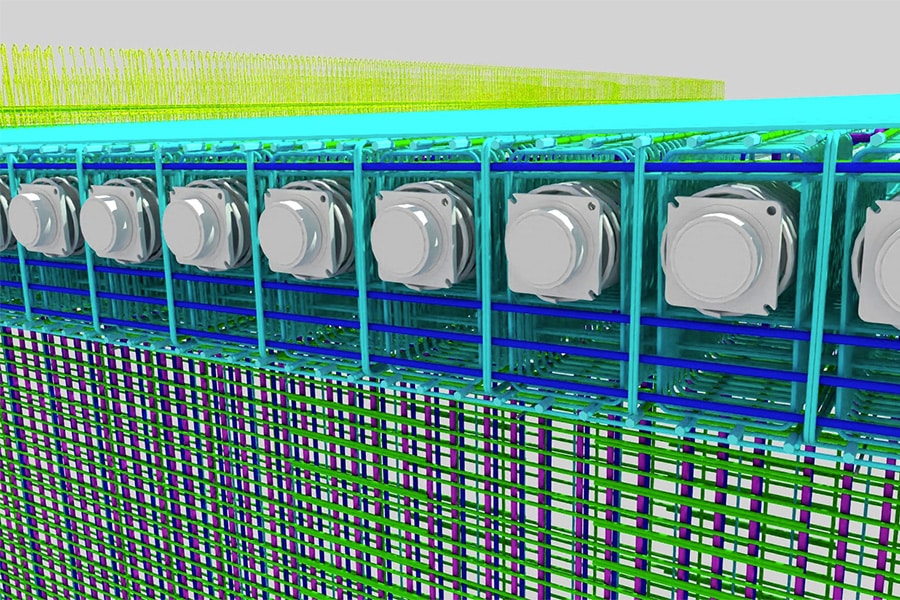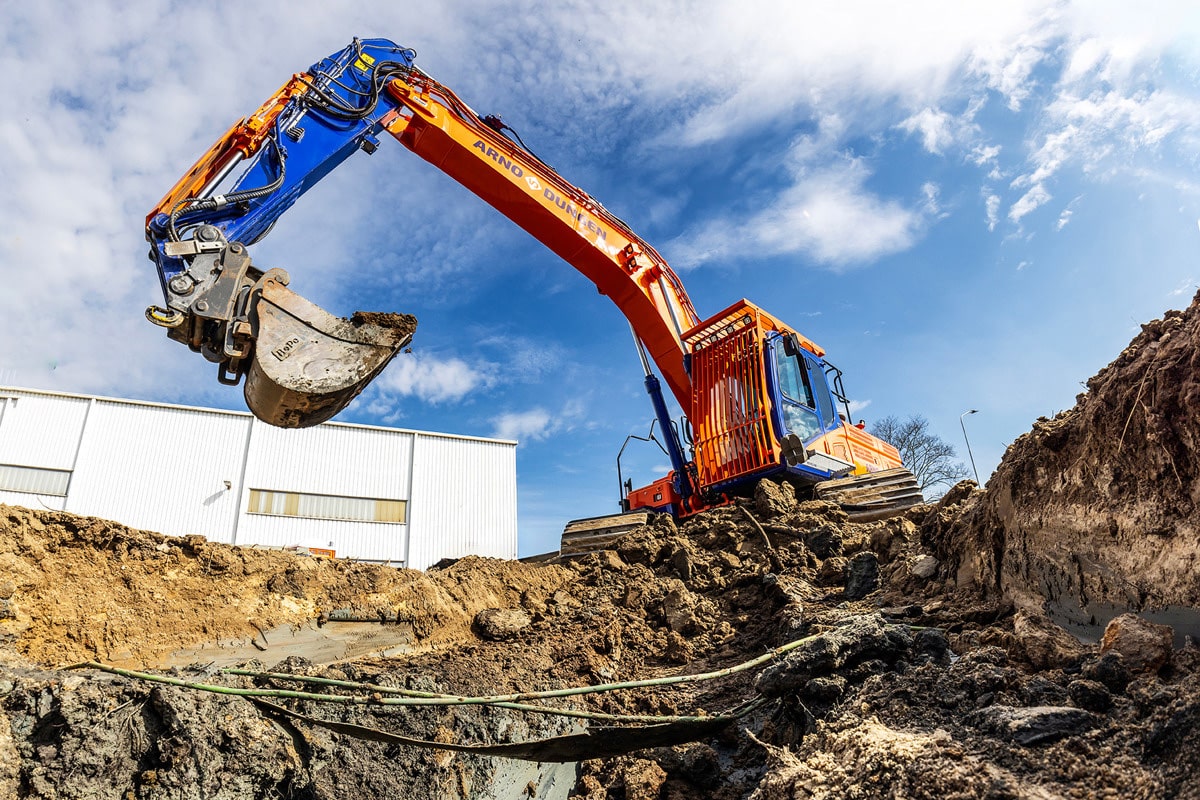
Hibin members: nitrogen and PFAS inhibit growth
- Revenue growth drops to 0.5%
- Employment growth stagnates
Sales growth in the building materials wholesale industry falls to 0.5% in 2020. Eight in ten companies expect negative effects on sales growth due to nitrogen and PFAS issues. In 2019, sales growth still averaged 7.3%. The expected slowdown in growth also immediately translates to labor market development. Two-thirds of respondents expect stabilization of the workforce. In 2019, employment still grew by 3%. This is according to Royal Hibin's eighteenth Business Cycle Survey of entrepreneurs in the construction materials wholesale industry, conducted by Buildsight.
In 2019, 42% of the companies did not yet experience any effects from PFAS and nitrogen issues. Expectations for 2020 are bleaker. Less than 20% of companies expect no effect. There are both postponements and cancellations of orders. 3% of respondents expect customer bankruptcies.
Employment growth stagnates
32% of entrepreneurs still expect slight growth in the number of employees in 2020. Six in ten expect stabilization and 11% assume a slight decrease. The workforce at Hibin members is expected to increase by 0.6% (expectation fall 2019: +3%). Half of the respondents expect problems filling vacancies. Lack of interest in the sector is cited as the main reason.
Increase in consumer sales
The ratio of sales serving new construction (46%) and renovation/maintenance (54%) is almost the same as in previous measurements. Residential construction, including kitchens and plumbing, is expected to account for 74% of sales in 2020. The nonresidential construction sales portion is expected to decline from 14% to 12%. Noteworthy is the expected growth of the consumer sales share to 29% (was 21% in 2019). Of the 71% professional sales, the ratio of contractors (57%) to self-employed/contracting firms (43%) will remain the same.
Physical location at one
The physical location still appears to be the most important sales channel. Sales from stock or on-site ordering account for 52% of sales (Fall 2019: 54%). Email accounts for 21% and 19% of purchases are made by phone. The percentage of direct Internet sales is almost stable compared to 2019 at 3.4%.
As in 2019, the relationships between the various sales channels are reflected in the threats entrepreneurs see. Of Hibin members, 6% see web stores and online providers as a threat. More threatening (33% of respondents) see more direct deliveries by manufacturers (including prefabrication). The emergence of new retail businesses is mentioned by 18% (down from 38% in spring 2019). Developments in the labor market are cited as a threat by one in eight companies. Customer focus (67%), increased expertise (48%) and logistics and inventory management (36%) are the main opportunities entrepreneurs see in the current market. Whereas 32% cited market growth as an opportunity in 2019, that percentage has dropped to 9% this spring. Hibin members see the biggest challenges in ICT (40%), precast (34%), logistics (34%) and sustainability (25%).



